Home>Renovation & DIY>Tools & Equipment>How Would The Reflection Of Light Off A Mirror Change If You Used Sandpaper To Scratch It?
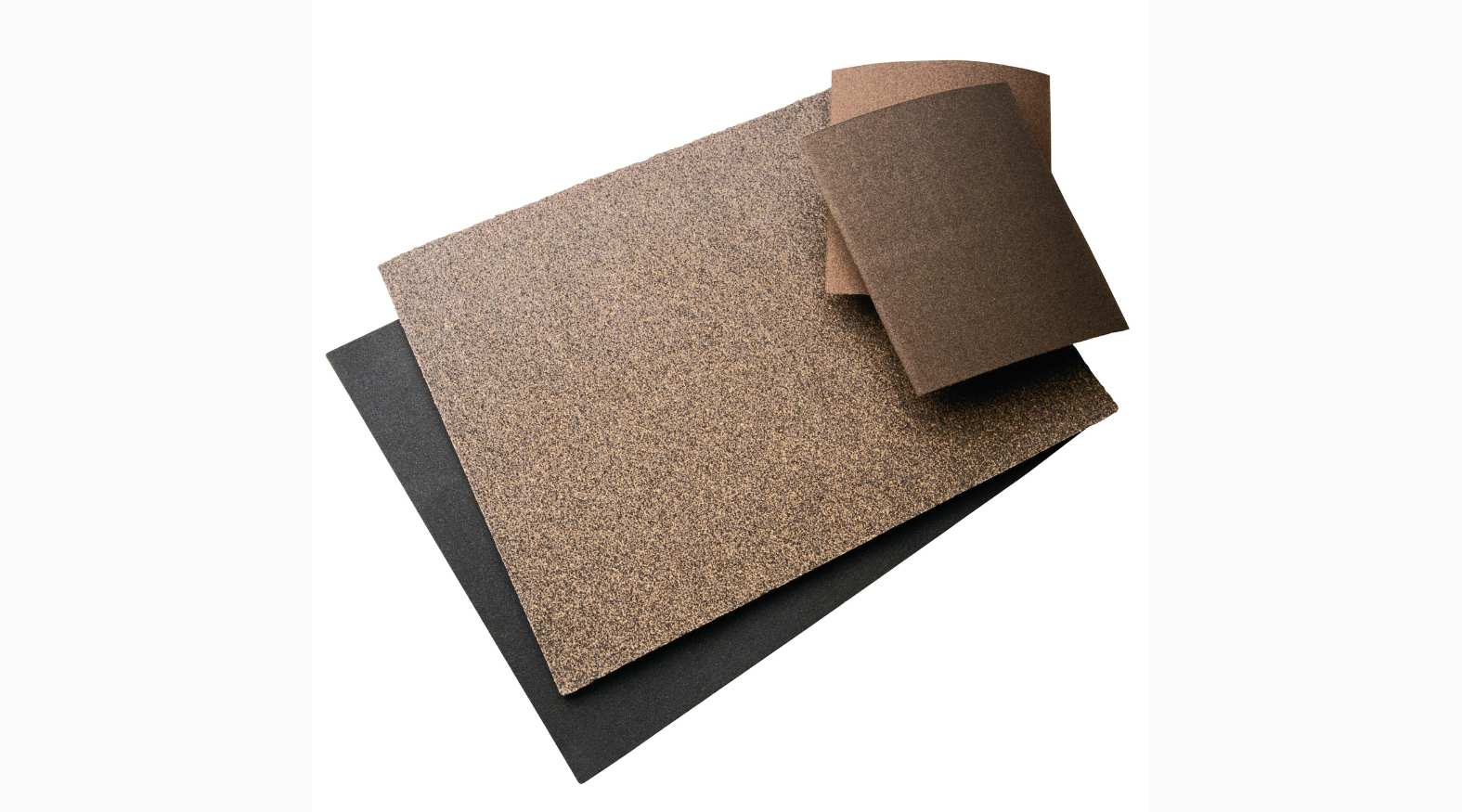

Tools & Equipment
How Would The Reflection Of Light Off A Mirror Change If You Used Sandpaper To Scratch It?
Published: January 8, 2024
Discover how using sandpaper to scratch a mirror affects the reflection of light. Explore the impact on tools and equipment in this fascinating experiment.
(Many of the links in this article redirect to a specific reviewed product. Your purchase of these products through affiliate links helps to generate commission for Storables.com, at no extra cost. Learn more)
Introduction
Welcome to the fascinating world of light and reflection! Have you ever wondered how the reflection of light changes when a mirror is scratched with sandpaper? In this article, we will delve into the captivating realm of optics and explore the intriguing effects of altering the surface of a mirror. From the basics of reflection to the transformative impact of sandpaper, we will embark on an illuminating journey that sheds light on the science behind this phenomenon.
Join us as we unravel the mysteries of light and discover how a simple act of scratching a mirror can create captivating changes in its reflective properties. Let's embark on this enlightening exploration together and witness the enchanting dance of light and reflection unfold before our eyes.
Key Takeaways:
- Scratching a mirror with sandpaper creates irregularities that make the reflection distorted and less clear, changing how light bounces off the surface.
- The smoothness of a mirror affects how light reflects, and scratching it with sandpaper disrupts the reflection, making it less faithful to the original image.
Read more: How To Use Mirrors To Reflect Light
The Basics of Reflection
Before delving into the effects of scratching a mirror with sandpaper, it’s essential to grasp the fundamental principles of reflection. When light encounters a smooth and polished surface, such as that of a mirror, it undergoes a remarkable transformation. The surface of the mirror acts as a boundary, causing the light to bounce off at an angle equal to the angle at which it struck the surface. This phenomenon, known as specular reflection, results in a clear and precise reflection of objects placed in front of the mirror.
Moreover, the smoothness of the mirror’s surface plays a crucial role in the quality of the reflection. A flawless surface allows light to bounce off uniformly, producing a crisp and accurate representation of the objects in front of it. This pristine reflection is what makes mirrors indispensable in everyday life, from personal grooming to scientific experiments.
Understanding the basics of reflection provides a solid foundation for comprehending how the alteration of a mirror’s surface can influence the behavior of light. Now, let’s explore the captivating changes that occur when the surface of a mirror is disrupted by the use of sandpaper.
Effect of Scratching a Mirror with Sandpaper
Imagine the smooth, pristine surface of a mirror, reflecting light with unparalleled clarity. Now, envision the transformative impact of scratching this immaculate surface with sandpaper. The introduction of minute imperfections disrupts the mirror’s once-flawless facade, setting in motion a series of captivating changes in its reflective behavior.
When sandpaper is used to scratch the surface of a mirror, it creates tiny grooves and irregularities that interrupt the uniformity of the reflection. These imperfections act as miniature obstacles, causing light to scatter in various directions upon striking the altered surface. As a result, the once-clear reflection becomes distorted, diffused, and less defined.
The abrasive action of the sandpaper not only disrupts the smoothness of the mirror’s surface but also introduces a level of irregularity that significantly impacts the behavior of reflected light. The scratches and abrasions alter the path of incoming light, leading to a departure from the precise and focused reflection characteristic of an unblemished mirror.
Furthermore, the introduction of imperfections through the use of sandpaper creates a fascinating interplay between the incident light and the altered mirror surface. Rather than bouncing off uniformly, the light now interacts with the irregularities, resulting in a reflection that is fragmented, diffused, and less faithful to the original image.
As we unravel the effects of scratching a mirror with sandpaper, we gain insight into the intricate relationship between the surface of a mirror and the behavior of light. The deliberate disruption of the mirror’s smoothness sets the stage for a captivating transformation in the way it reflects the world around it. Let’s now explore the specific changes in the reflection pattern that arise from this intriguing alteration.
Using sandpaper to scratch a mirror will create tiny grooves on the surface, causing the reflection to become distorted and blurry. This is because the light will be scattered in different directions instead of reflecting smoothly.
Changes in Reflection Pattern
The introduction of scratches and irregularities on the surface of a mirror through the use of sandpaper instigates a captivating metamorphosis in its reflection pattern. Where once a pristine mirror offered a clear and faithful representation of objects, the altered surface now gives rise to a reflection characterized by distortion, diffusion, and a departure from the original image’s precision.
One of the most prominent changes in the reflection pattern is the loss of sharpness and clarity. The scratches and abrasions disrupt the uniformity of the mirror’s surface, causing light to scatter and reflect in multiple directions. As a result, the once well-defined reflection becomes fragmented and less discernible, presenting a distorted version of the original image.
Moreover, the altered mirror surface introduces a level of unpredictability in the reflection pattern. The irregularities caused by the sandpaper scratches lead to a scattering of light that deviates from the predictable path observed with a pristine mirror. This unpredictability contributes to the diffusion of the reflected light, further diminishing the fidelity of the reflection.
Additionally, the introduction of imperfections on the mirror’s surface through sandpaper abrasion creates a sense of mottling in the reflection pattern. Rather than a seamless and continuous reflection, the altered mirror now presents a fragmented and speckled rendition of the objects placed before it. The irregularities in the surface manifest as variations in the intensity and direction of the reflected light, giving rise to a reflection pattern marked by inconsistency.
As we observe the changes in the reflection pattern brought about by the use of sandpaper, we gain a deeper appreciation for the delicate interplay between a mirror’s surface and the behavior of light. The once-precise and faithful reflection undergoes a captivating transformation, offering a unique perspective on the impact of surface alterations on the behavior of reflected light.
Now that we’ve explored the intriguing changes in the reflection pattern resulting from the use of sandpaper, let’s reflect on the implications of this transformation and the broader insights it offers into the captivating world of optics.
Conclusion
The exploration of the effects of scratching a mirror with sandpaper has unveiled a captivating transformation in the reflection of light, offering profound insights into the intricate relationship between a mirror’s surface and the behavior of reflected light. From the fundamental principles of reflection to the transformative impact of surface alterations, this journey has illuminated the fascinating interplay between optics and physical manipulation.
Scratching a mirror with sandpaper introduces a level of irregularity that disrupts the once-pristine surface, leading to a reflection pattern characterized by distortion, diffusion, and a departure from the original image’s precision. The introduction of imperfections on the mirror’s surface through sandpaper abrasion creates a sense of mottling in the reflection pattern, resulting in a fragmented and speckled rendition of the objects placed before it.
Moreover, the altered mirror surface introduces a level of unpredictability in the reflection pattern, deviating from the predictable path observed with a pristine mirror. This unpredictability contributes to the diffusion of the reflected light, further diminishing the fidelity of the reflection. The once well-defined reflection becomes fragmented and less discernible, presenting a distorted version of the original image.
As we reflect on this captivating journey through the world of optics, we gain a deeper appreciation for the delicate balance between the surface of a mirror and the behavior of light. The deliberate disruption of the mirror’s smoothness through the use of sandpaper sets the stage for a captivating transformation in the way it reflects the world around it, offering a unique perspective on the impact of surface alterations on the behavior of reflected light.
In conclusion, the exploration of scratching a mirror with sandpaper serves as a compelling reminder of the profound influence of surface irregularities on the reflection of light, inviting us to contemplate the intricate dynamics at play in the captivating realm of optics.
Join us as we continue to unravel the mysteries of light and reflection, delving deeper into the captivating phenomena that shape our understanding of the world around us.
Frequently Asked Questions about How Would The Reflection Of Light Off A Mirror Change If You Used Sandpaper To Scratch It?
Was this page helpful?
At Storables.com, we guarantee accurate and reliable information. Our content, validated by Expert Board Contributors, is crafted following stringent Editorial Policies. We're committed to providing you with well-researched, expert-backed insights for all your informational needs.
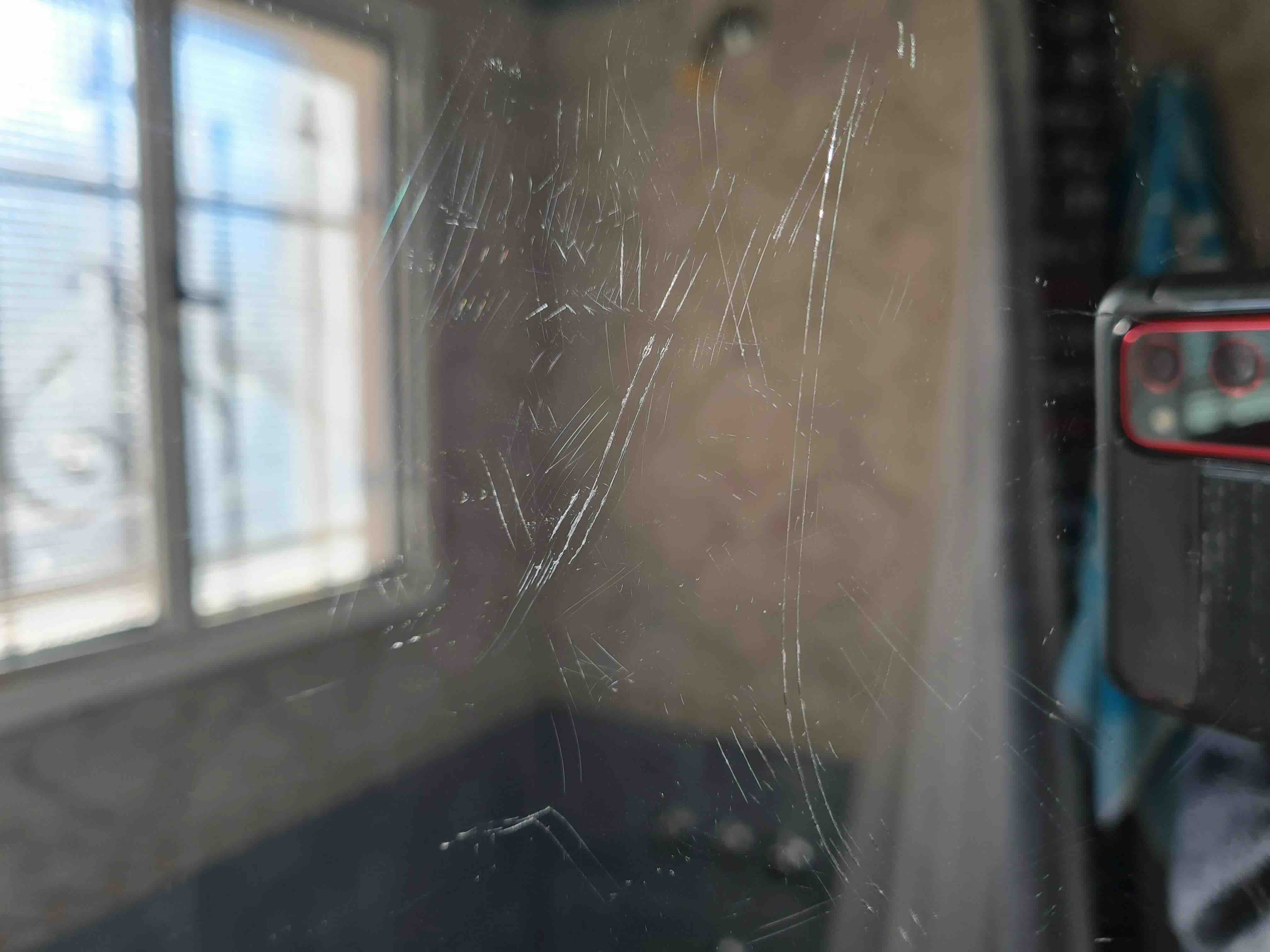
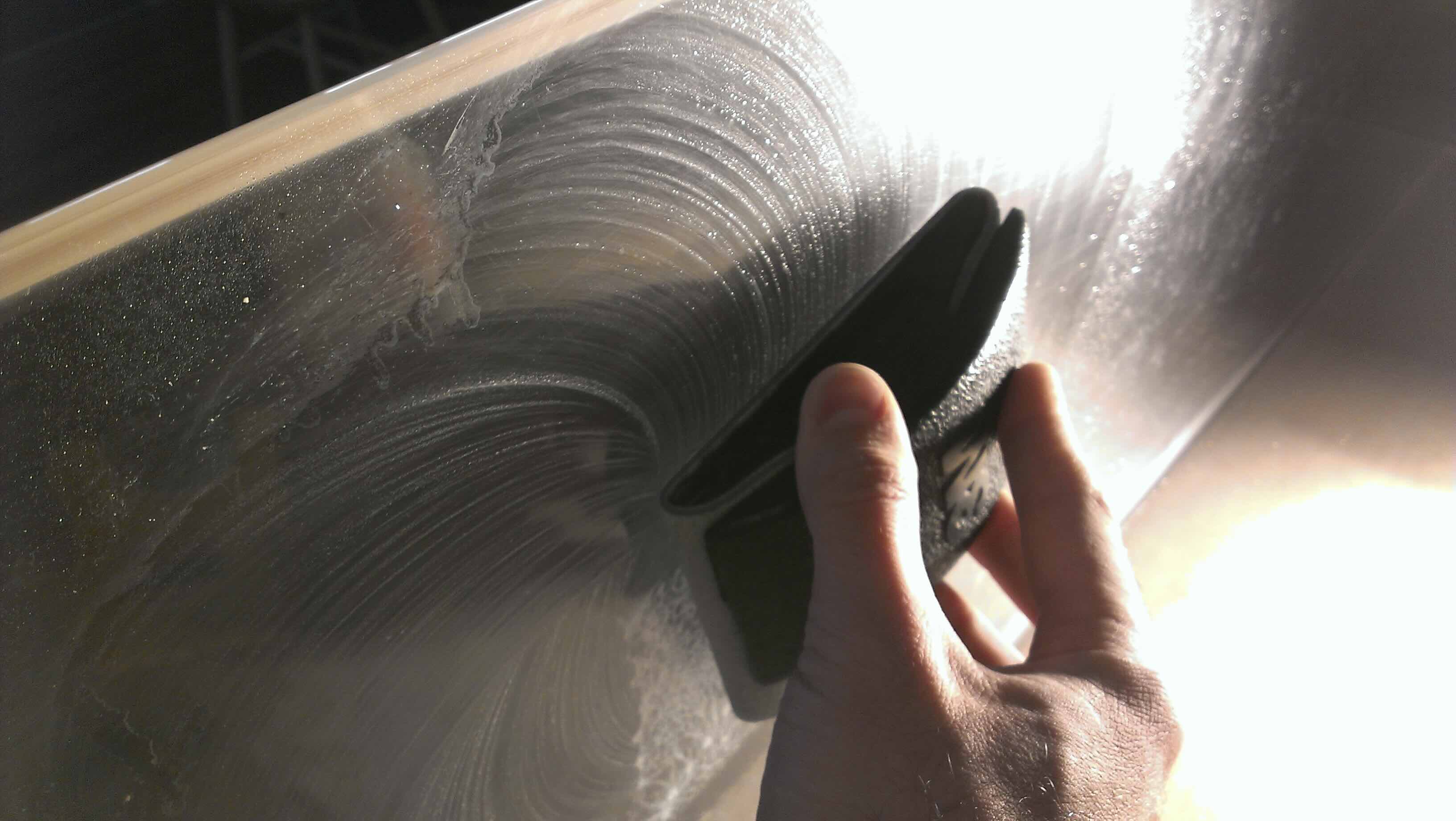
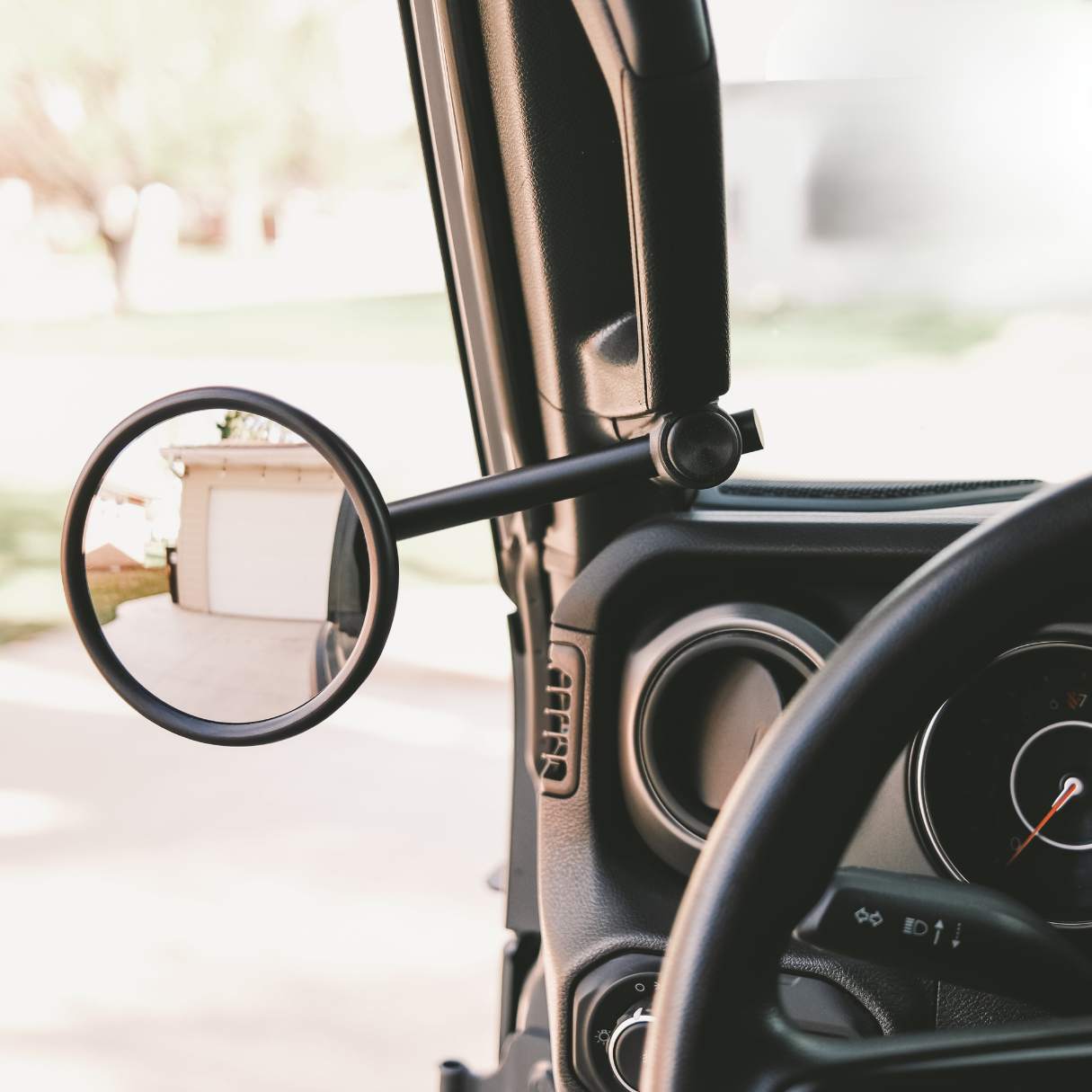
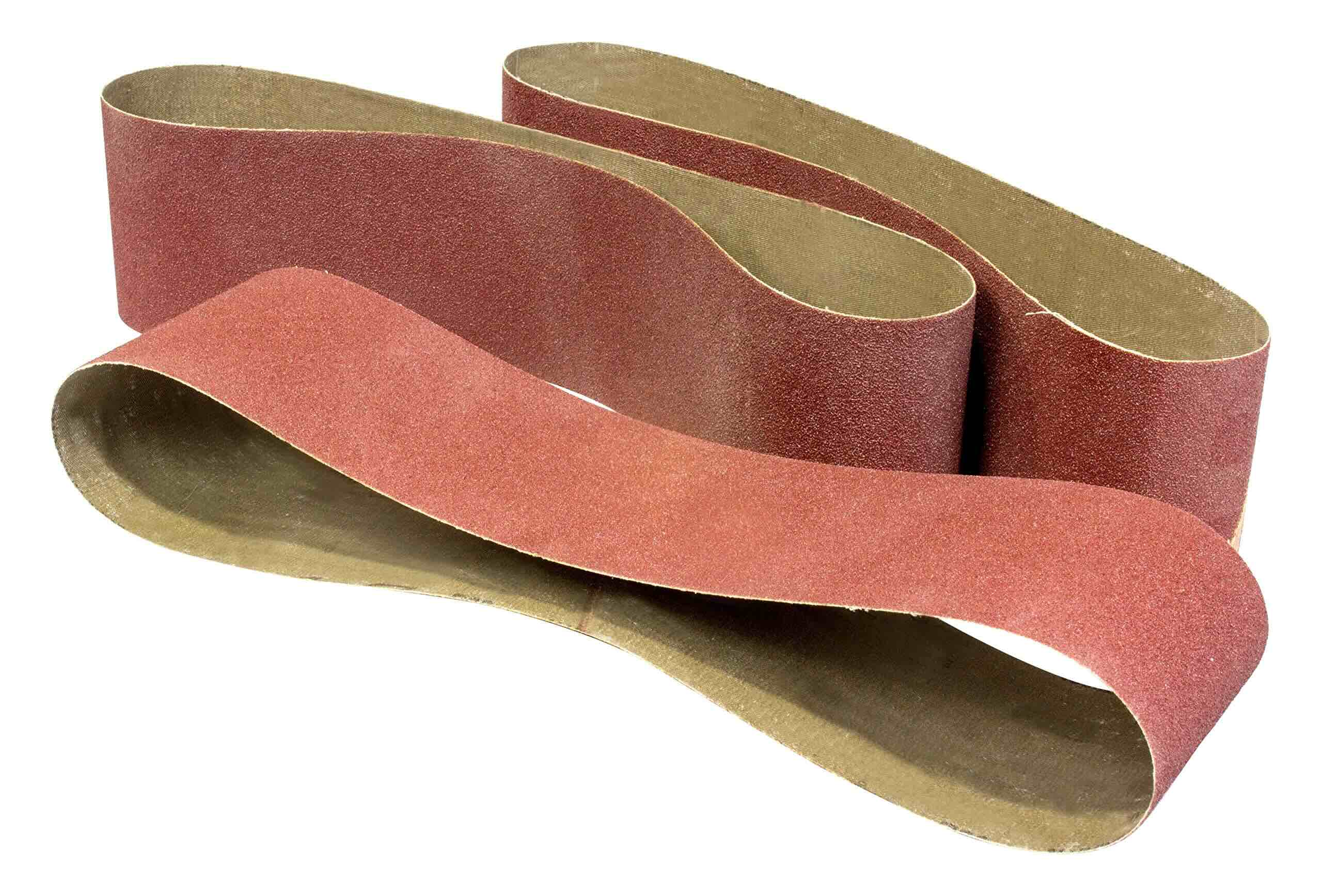
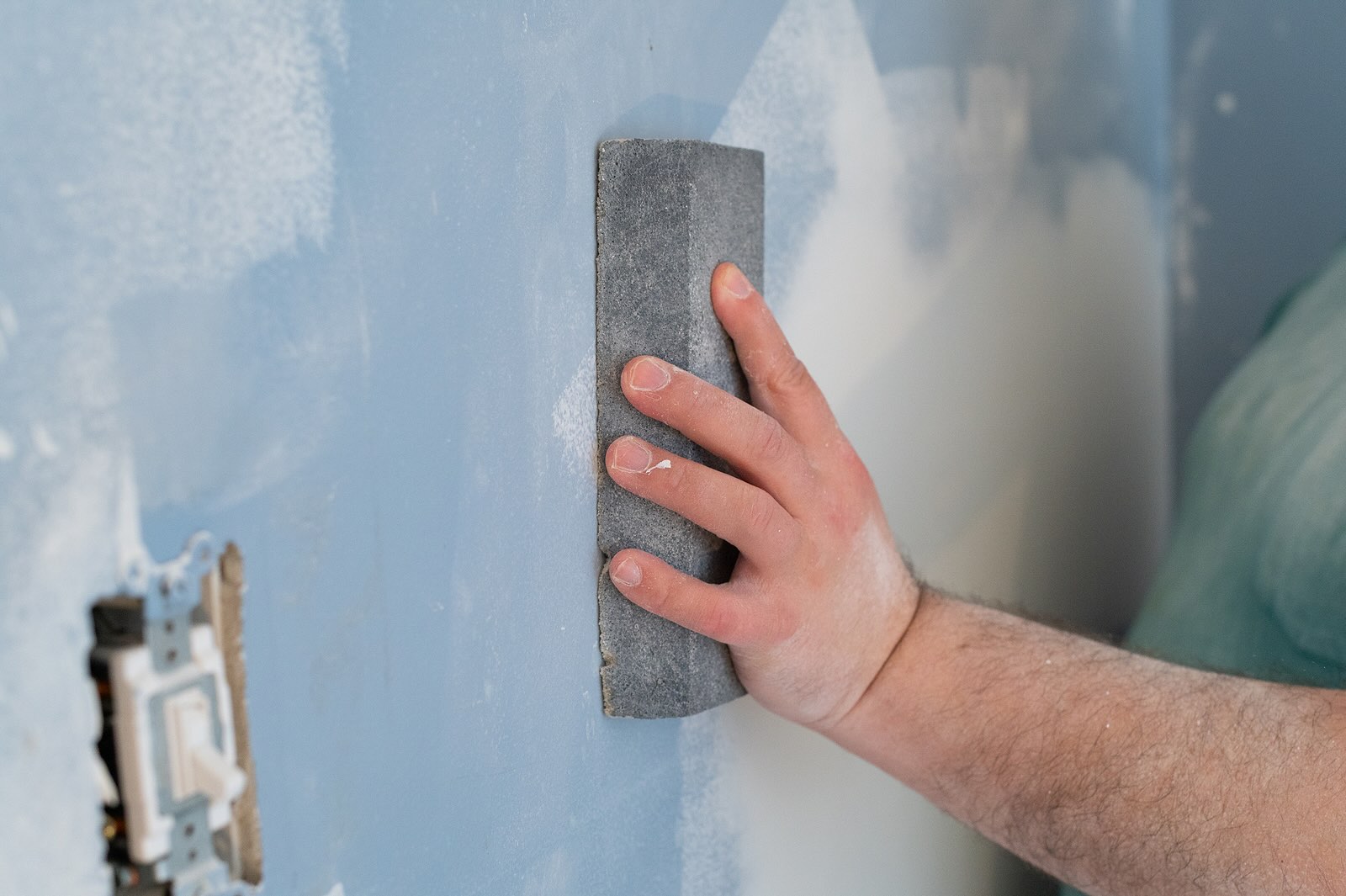

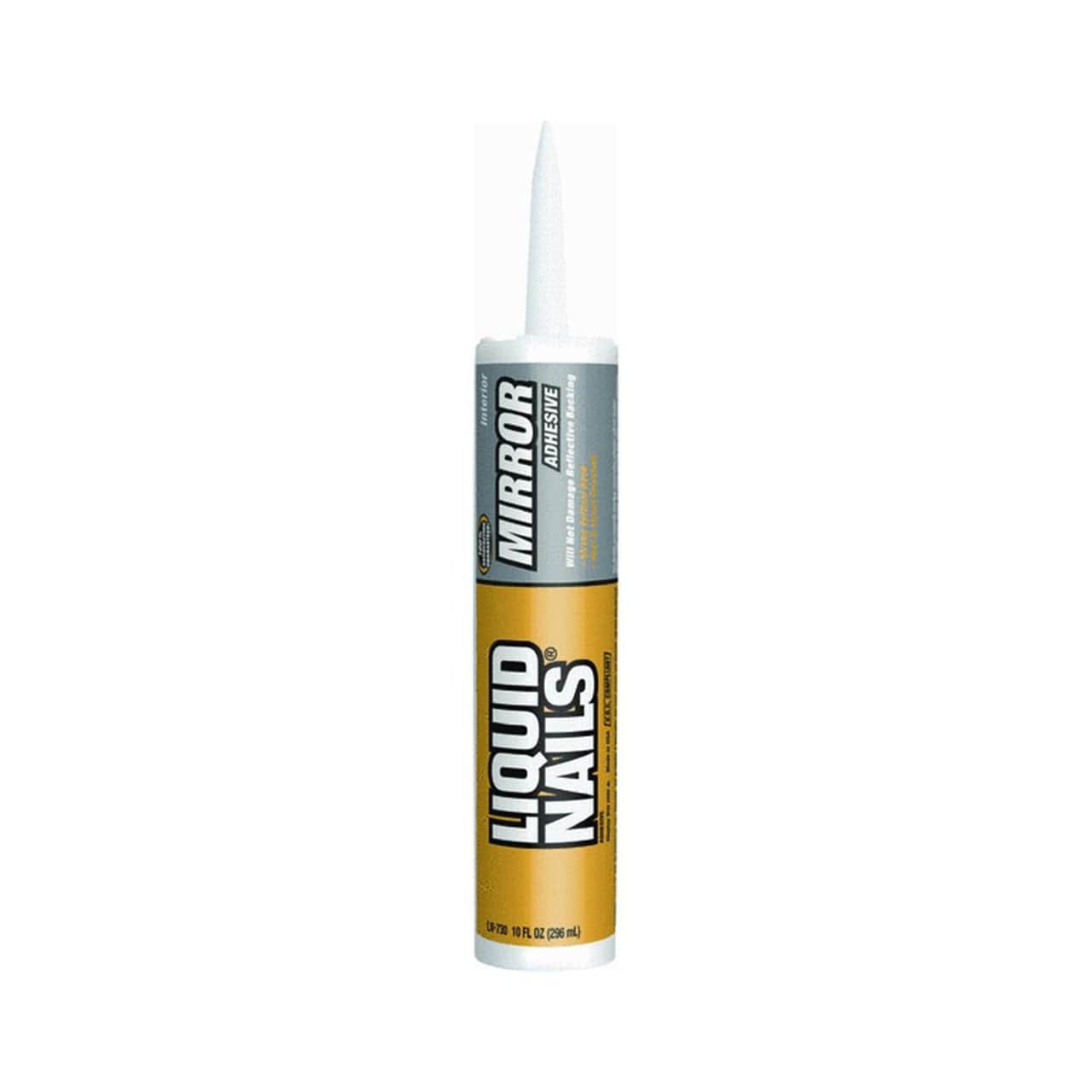
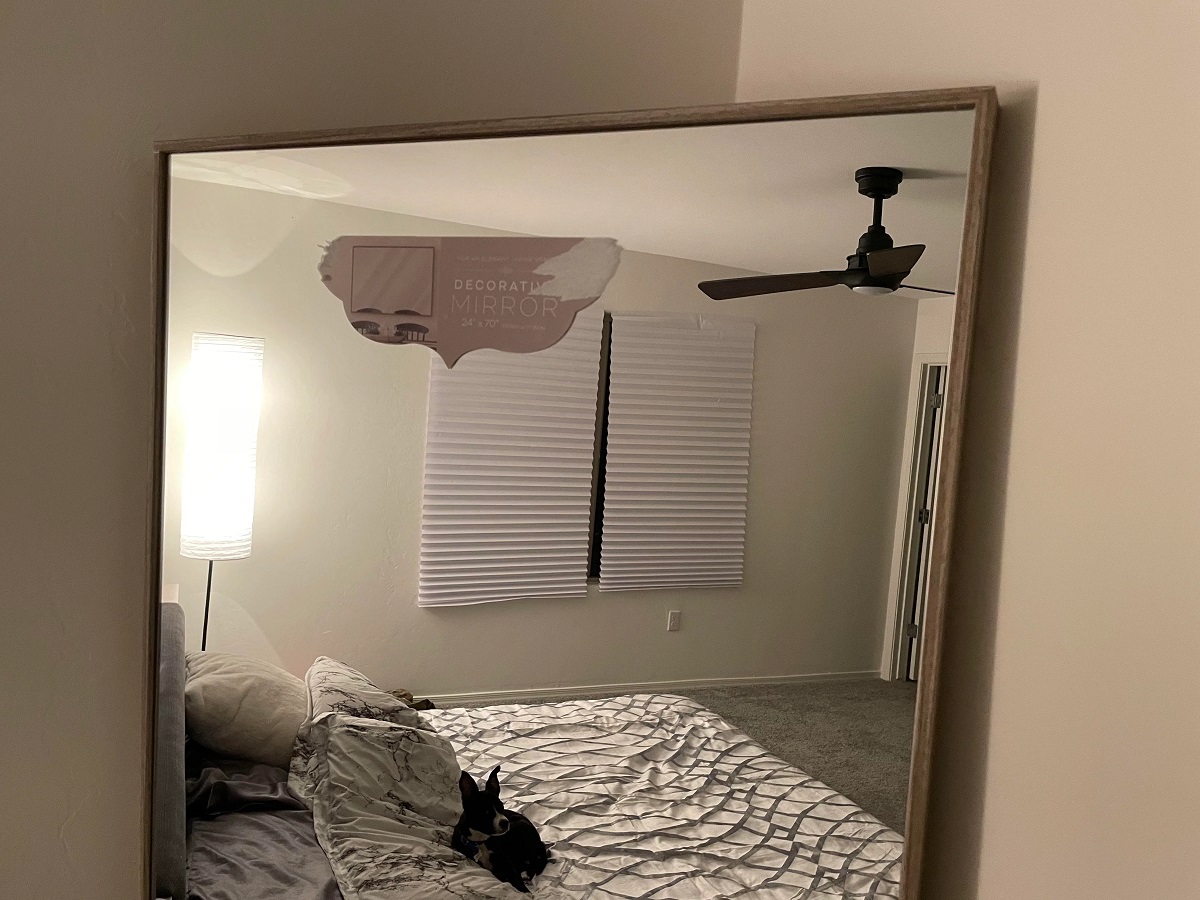

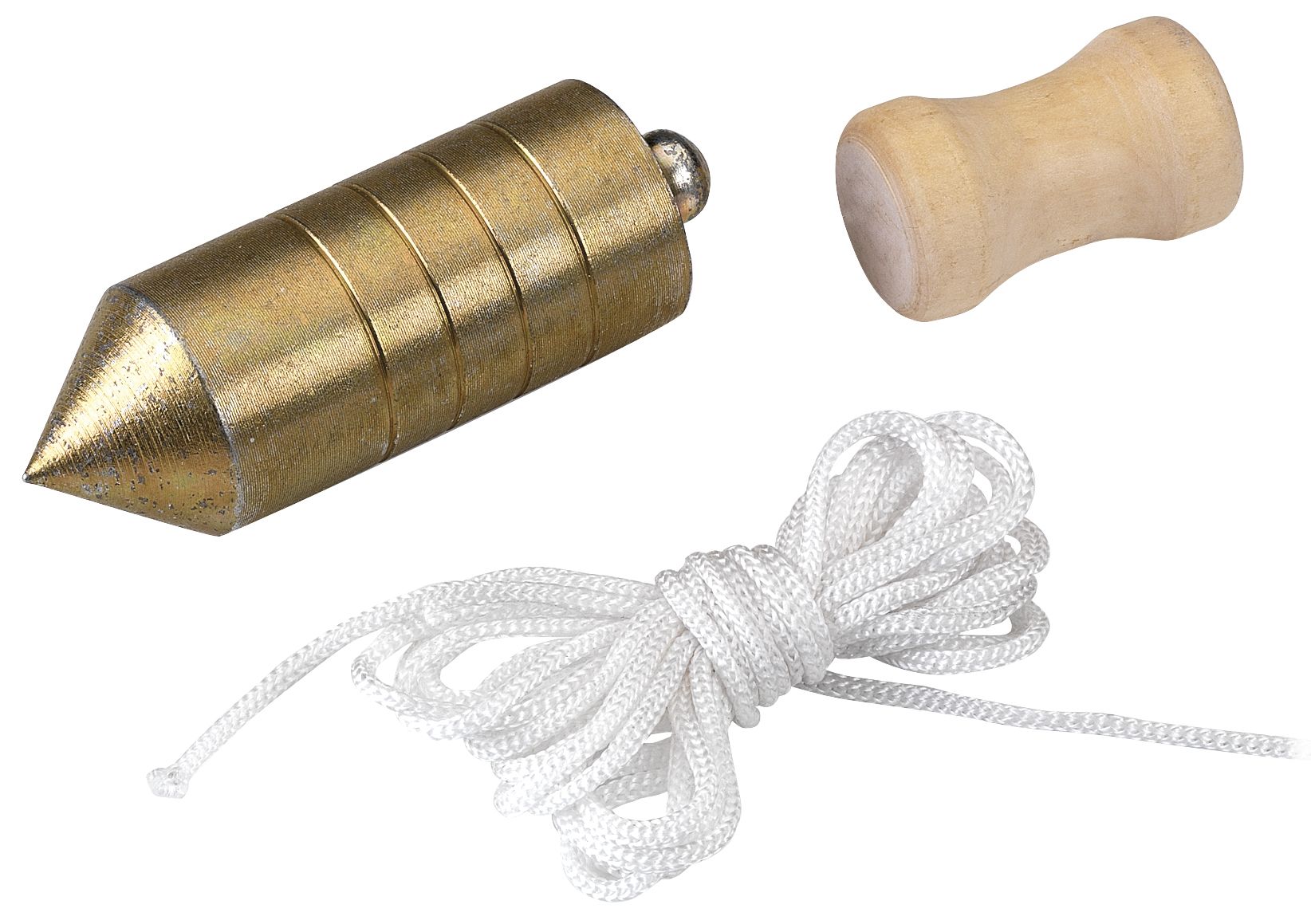

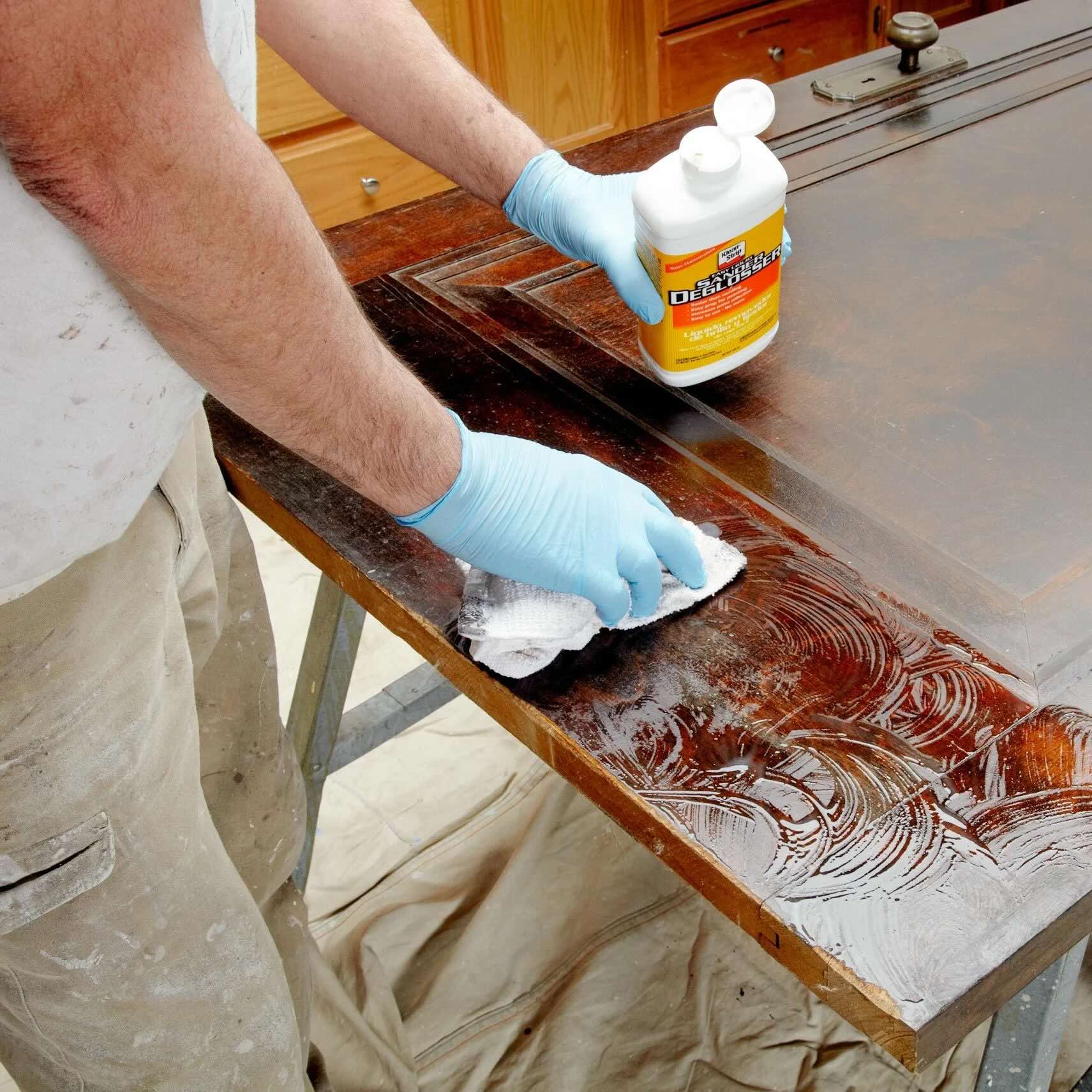


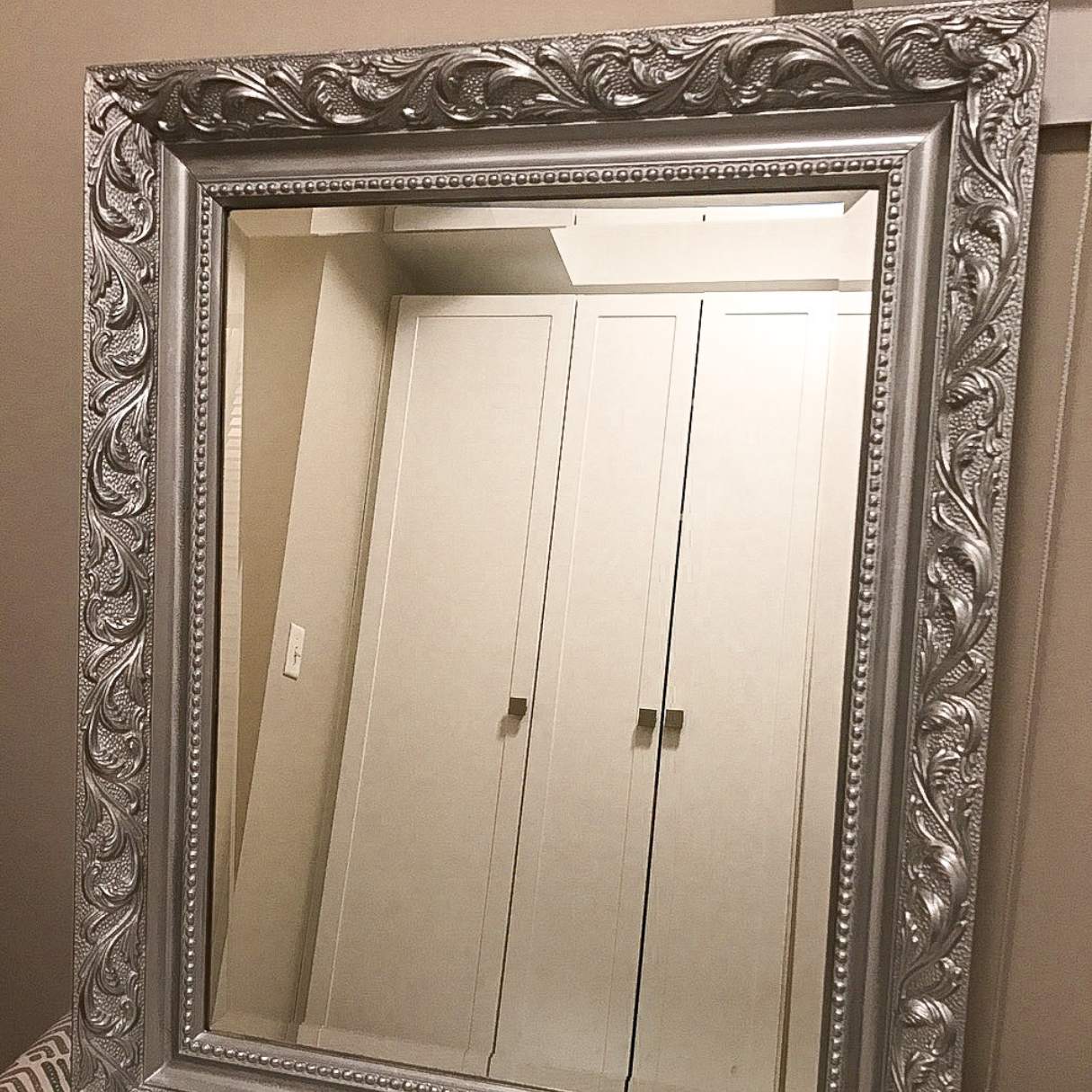

0 thoughts on “How Would The Reflection Of Light Off A Mirror Change If You Used Sandpaper To Scratch It?”